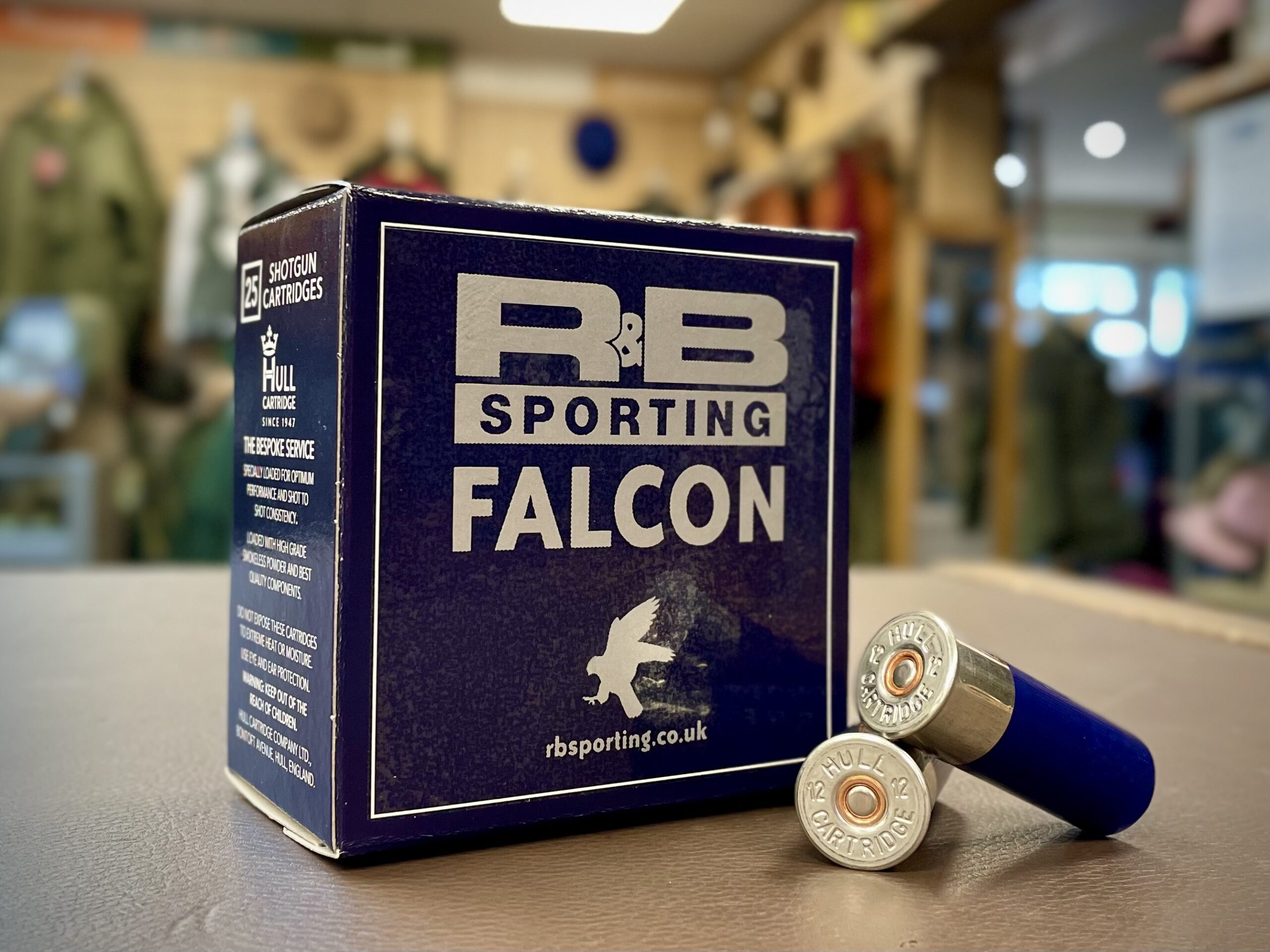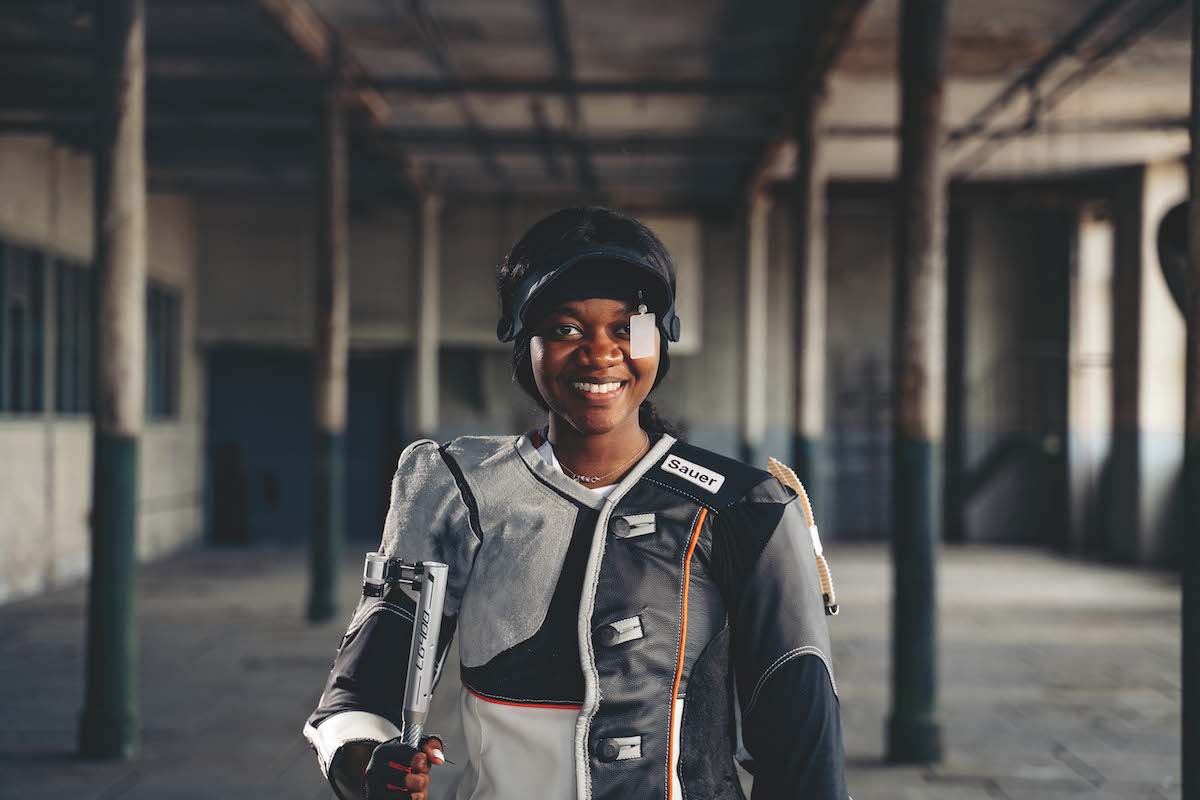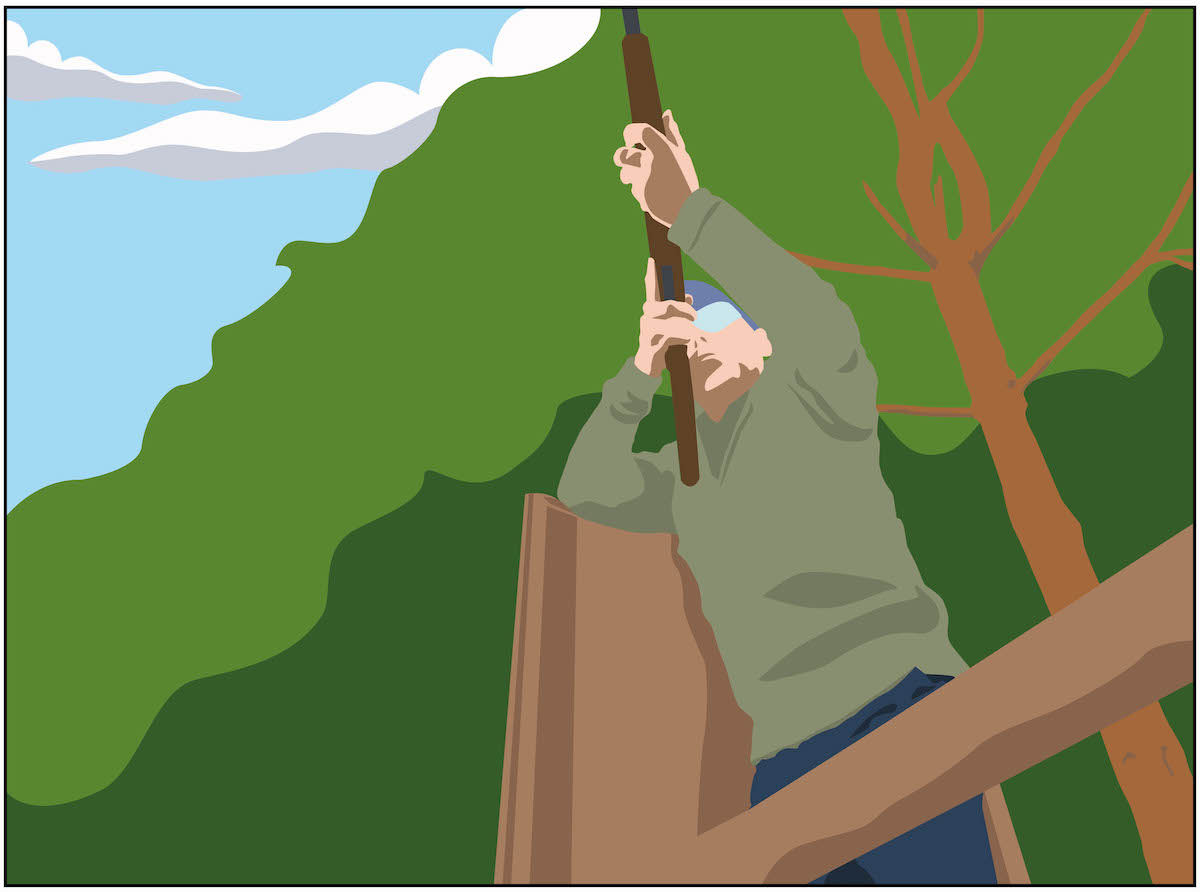The different parts of a shotgun
Get to know your way around your shotgun with this useful guide by Drew Boxall
Do you know your hammer from your extractor? Here is a clear explanation of the functions of named parts of a shotgun, namely a side-by-side boxlock with side plates, based on the Anson & Deeley design.

A boxlock shotgun interior
What is a boxlock shotgun?
In a boxlock shotgun the inner workings, the “lockwork” sits inside the box of the gun’s action. (Read our article on how a shotgun works which explains this in full. ) This results in a very durable shotgun.

Sidelock shotgun interior
What is a sidelock shotgun?
As the name suggests, in a sidelock shotgun the lockwork (inner workings) sits on the side of the gun’s action. This is a complicated gun to manufacture and put together due to the many different parts involved.

Lockwork of a sidelock shotgun
Where does the description lockwork come from?
Clock makers originally built guns as they had the fine skills necessary. This gave rise to the word “lockwork” as the inner workings of a gun were as complicated as a clock’s mechanism. Other vocabulary remains that derives from the clock makers’ early involvement – tumbler, sear and bridle.

The parts of a side-by-side boxlock with side plates
Parts of a shotgun
1. The barrels: Different sizes of barrel allow for different widths of cartridge, which in turn defines the gun’s gauge (ie. 12 or 20 bore). The size denomination comes from one pound of lead divided into equal- sized balls that will fit the barrel. For example, 12 pieces equals 12 bore, which is why a 20 bore is smaller.
2. Extractors: Although difficult to see in the diagram, the extractors are the components that help release the cartridge from the barrels. When the gun has not been fired, the extractor will simply pull the rim of the cartridge out of the barrel, making it simpler to remove. If the cartridge has been detonated, the extractors eject it.
3. Bolt: The bolt holds the barrels shut while the cartridge is shot. It is disengaged by the top lever.
4. Top lever: The top lever disengages the bolt from the barrels, allowing the gun to open. It is returned home by the top lever spring.
5. Safety thumb piece: When in its safe position on side-by-sides, the thumb piece locks the trigger, stopping the gun firing. On most over-unders it disengages the mechanism, leaving the trigger free to move but not fire.
6. Trigger guard: This is simply the guard for the trigger that attaches to the base of the trigger plate.
7. Trigger: The trigger is pulled to set off the chain reaction that is the gun’s lockwork. This reaction consists of the trigger releasing the sear and subsequently the hammer, which allows the spring to release, which forces the hammer, via the striker, through the striker holes in the action body; thus detonating the cartridge – which all takes a fraction of a second (much quicker than this explanation).
8. Trigger plate: This component houses the trigger. It is secured to the action body at one end and sits within the stock of a gun at the other.
9. Hammer (or tumbler): The hammer is propelled by the main spring within the gun and is not released until the chain reaction is set off. The point at which the sear holds the hammer from firing is referred to as ‘being in bent’.
The parts of a shotgun cartridge explained
The different parts of a shotgun cartridge explained
How a shotgun works
Lewis Potter looks at the inner workings of a shotgun to explain and illustrate how a shotgun works
Tackling gun terminology
We take a look at the parts that make your shotgun tick.
10. Main spring: This applies force to the hammer. On classic British shotguns a leaf spring is used as opposed to coil springs. Leaf springs are still used in most British shotguns and are seen as a sign of quality.
11. Cocking limb: The cocking limb resets the chain reaction. When the gun is opened, the cocking limb is forced down by the fore-end to the point at which the hammer, main spring, sear and trigger are back in their original positions (in bent).
12. Kicker: The kicker, when released, is sprung by the ejector spring into the extractors to eject the cartridges. The kicker will only release and expel the cartridge if it has been fired. The mechanical process for this is related to the lock mechanism, as the movement of the cocking limb releases the kicker.
13. Ejector spring: The ejector spring, when one or both cartridges have been fired, forces the kicker into the extractors to expel the used cartridge from the barrels.
14. Fore-end (or fore-end iron): This part’s main function is to ensure the barrels are supported into the hook of the action. It does this by preventing the barrels from pulling off the action body breech face, as it is secured through the loop on either the Deeley catch or Anson rod, and around the action knuckle.
15. The loop: This section of the gun is attached to the barrels and, on this model, the Deeley catch holds the fore-end and fore-end wood onto the barrels as the fore-end pivots around the knuckle of the action.
16. Deeley catch: This has three components: the catch case, the catch itself and a spring forcing the catch back into place. The catch is used to attach the fore-end onto the barrels and it hooks around the loop. It was named after one of the original designers of this style of boxlock (this gun is based on the Anson and Deeley design). There is another device used to detach the fore-end known as the Anson rod.
Images courtesy Boxall & Edmiston











